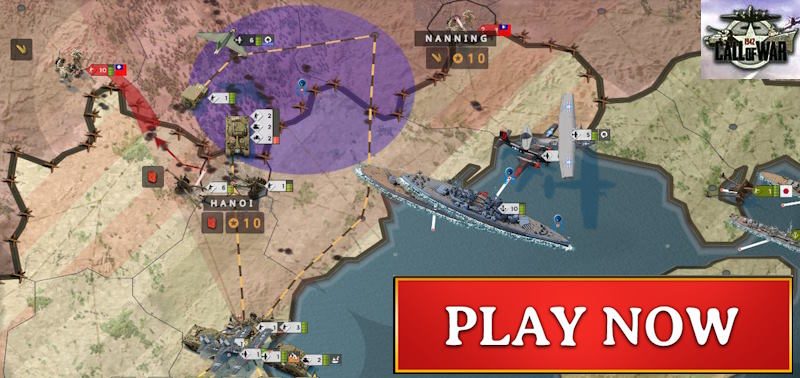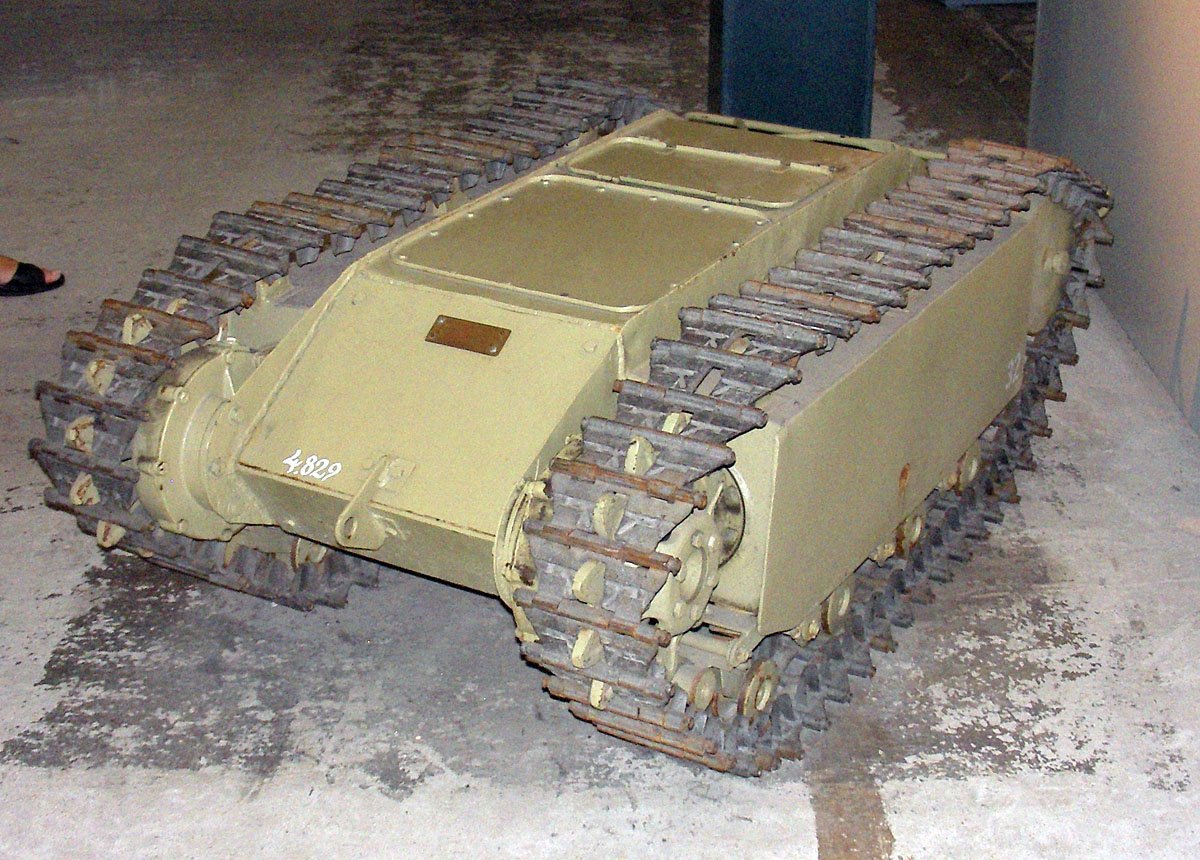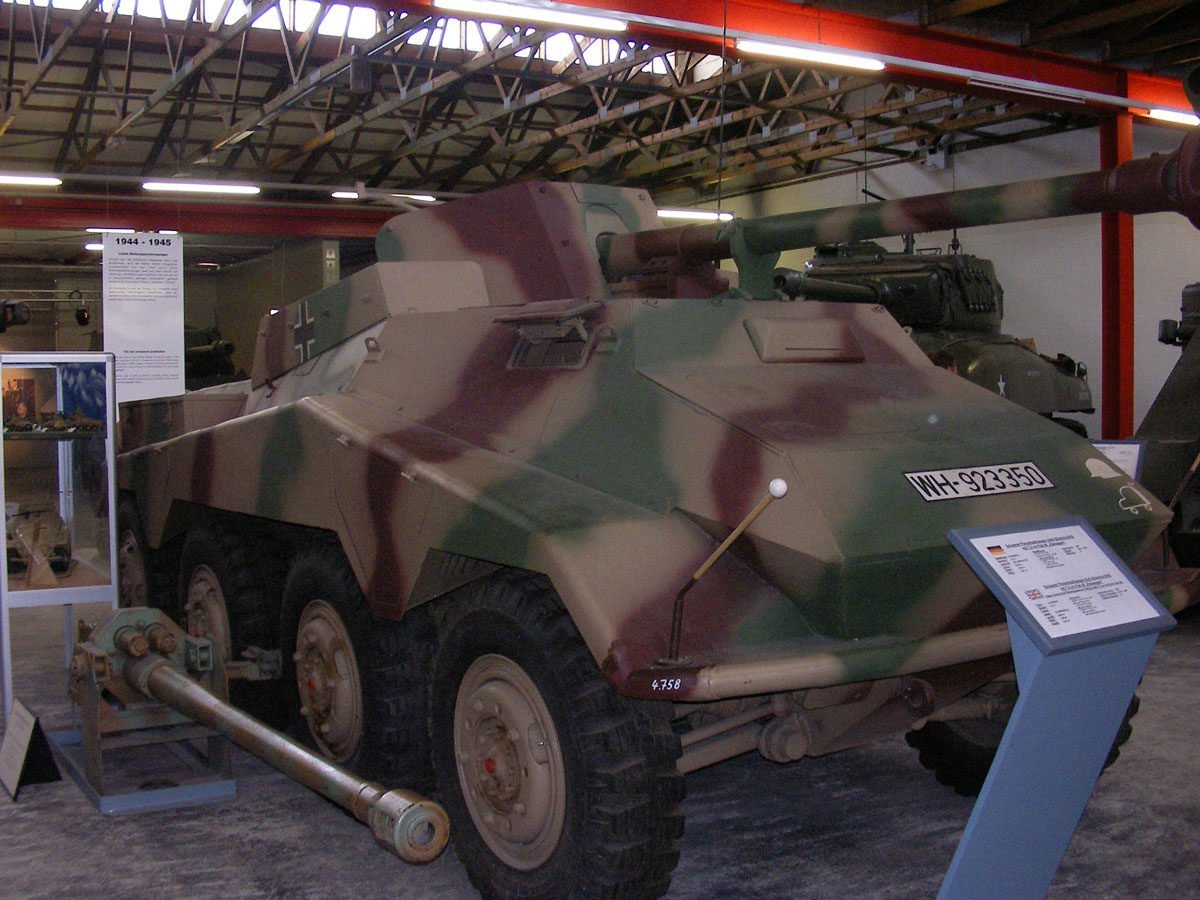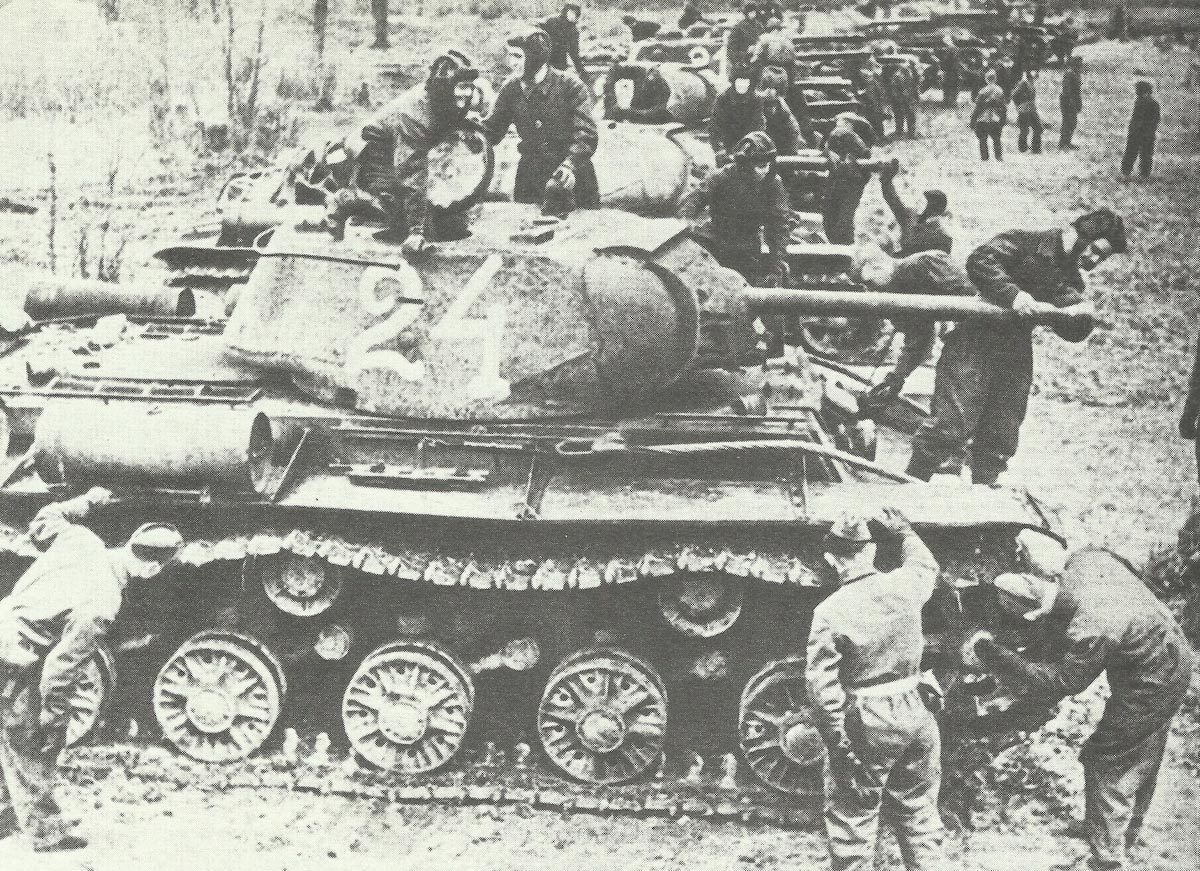The British Universal (or Bren Gun) Carrier from the Second World War.
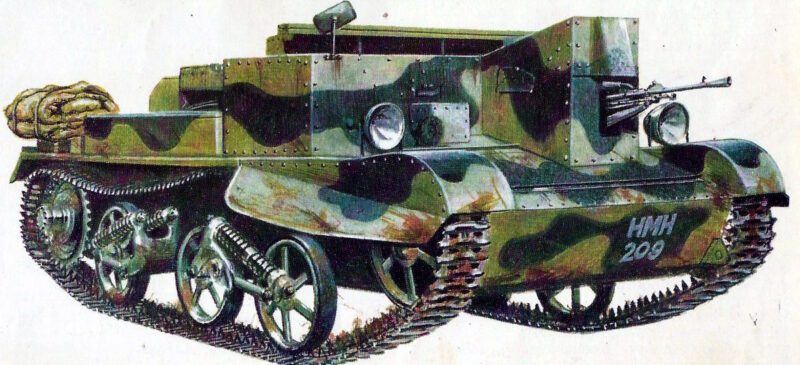
Introduction to the British Universal Carrier
Table of Contents
The British Universal Carrier, often referred to as the Bren Gun Carrier, played a significant role during World War II as a versatile and essential piece of armored equipment. Designed in the early 1930s, the universal carrier was initially developed to meet the British Army’s need for a lightweight and adaptable vehicle that could transport troops and supplies across various terrains. Its compact design allowed for easy maneuverability and transport, ensuring that it was suitable for a wide range of battlefield scenarios.
The primary purpose of the universal carrier was to serve in reconnaissance operations, making it an indispensable component of the British armored divisions. This vehicle was equipped to carry a team of soldiers, as well as essential weaponry, such as the Bren light machine gun, which facilitated both offensive and defensive capabilities. With its ability to traverse difficult landscapes, the Bren Gun Carrier enabled British forces to maintain agility and responsiveness in fast-changing combat situations.
Design and Development
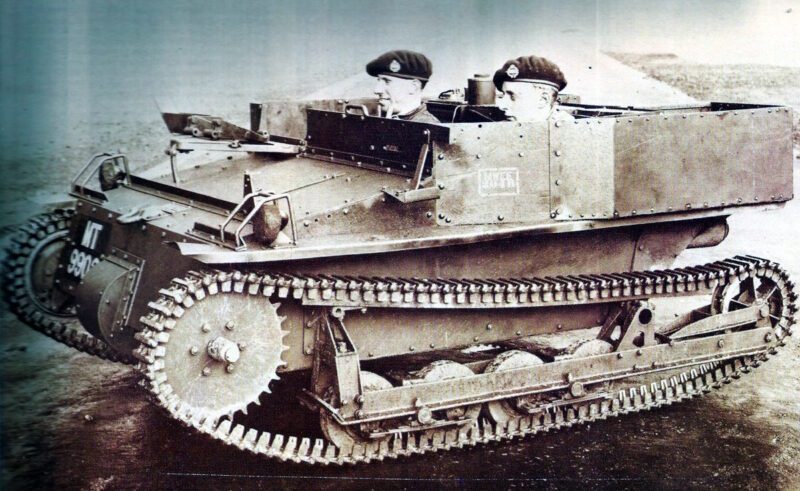
The Universal Carrier, commonly known as the Bren Gun Carrier, was a significant innovation in military engineering during World War II. Its design process began as a response to the need for a versatile, lightweight armored vehicle that could transport troops and supplies across various terrains. The engineering team, led by notable figures such as Sir John Carden, focused on creating a platform that combined mobility, protection, and adaptability. The result was a carrier that weighed approximately 1.5 tons, allowing it to maneuver through dense foliage and rough landscapes effectively.
One of the key features of the Universal Carrier was its size. Designed to accommodate around six soldiers and their gear, it was compact enough to be air-transportable. This feature was particularly invaluable during airborne operations, where swift deployment was crucial. The vehicle’s low profile minimized its visibility on the battlefield, while the sloped armor design offered protection against small arms fire. Additionally, its robust suspension system ensured a smooth ride over rough terrain, enhancing its operational reliability.
Furthermore, the Universal Carrier was equipped with a variety of weapon systems, with the Bren gun being the most notable. This flexibility allowed it to be modified for various roles, including fire support, reconnaissance, and anti-tank operations, marking its importance on the battlefield. However, developers faced challenges such as balancing armor thickness with weight to maintain maneuverability. Innovations in manufacturing techniques and materials during this period allowed them to overcome such difficulties, cementing the carrier’s place in military history. In conclusion, the design and development of the Universal Carrier exemplify the ingenuity of wartime engineering, resulting in a vehicle that became a cornerstone of British armored tactical operations.
Key Features and Specifications
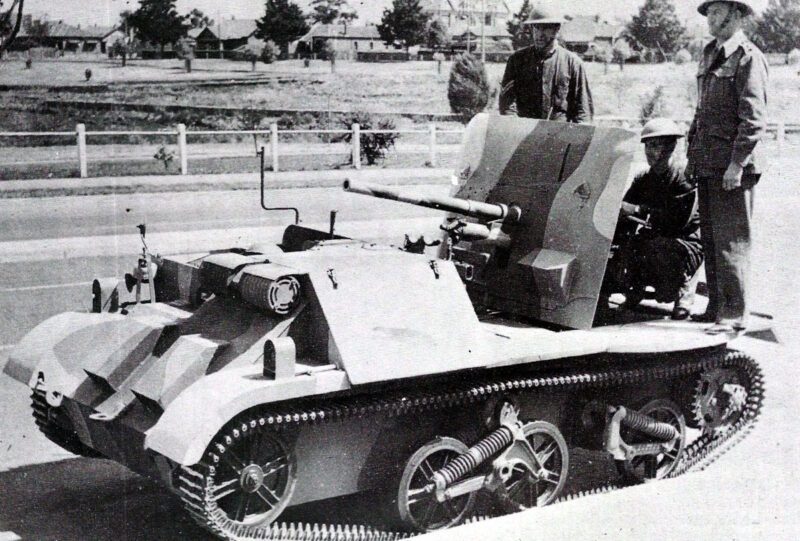
The British Universal Carrier, widely known as the Bren Gun Carrier, represents a key development in infantry support vehicles during World War II. Its design prioritizes versatility, enabling a variety of configurations suitable for support roles. The Bren Gun Carrier typically measures around 14 feet in length and 6.3 feet in width, with a height of approximately 5.5 feet. This compact size facilitated easy maneuverability across diverse terrain. Weighing about 2.5 tons, it was light enough to be transported by larger vehicles while providing adequate protection and firepower for its crew.
The armament of the Universal Carrier primarily centered around the Bren light machine gun, mounted on a rotating pedestal, allowing the crew to engage effectively with enemy infantry and light vehicles. In addition to the Bren gun, some variants of the carrier could also be equipped with anti-tank weapons or additional machine guns, enhancing its combat capability. The flexibility offered by these configurations ensured that the Bren Gun Carrier could adapt to different battle scenarios, serving as a troop transport, fire support vehicle, or reconnaissance asset.
Regarding performance, the Universal Carrier was powered by a Ford or Bedford engine, producing around 60 horsepower. This provided a top speed of approximately 30 miles per hour on roads, ensuring rapid deployment to frontline positions. The drivetrain consisted of a four-wheel drive system, allowing the carrier to traverse rough terrain with relative ease. The vehicle featured a riveted armor hull, typically offering 6 to 14 mm of protection against small arms fire, which was critical for ensuring the safety of its occupants during engagements. Overall, the combination of size, weight, armament, and engine capabilities made the Bren Gun Carrier an essential asset for British forces during the war.
Specifications:
Spezifications |
Universal Carrier |
|---|---|
Type |
Armoured personnel carrier (APC) |
Engine |
Water-cooled Ford 8-cylinder in-line engine, 85 hp at 2,800 rpm |
Transmission |
? |
Crew |
4-5 |
Overall length |
12.30 ft (3.75 m) |
Width |
6.89 ft (2.10 m) |
Height |
5.25 ft (1.60 m) |
Weight |
8,847 lb (4,013 kg) |
Speed (road) |
32 mph (51 km/h) |
Speed (off-road) |
? |
Range (road) |
75 miles (120 km) |
Range (off-road) |
? |
Climbing ability |
2.33 ft (0.71 m) |
Trench crossing |
5.25 ft (1.60 m) |
Wading ability |
? |
Turning circle |
? |
Gradeability |
60% |
Armour:
Universal Carrier |
mm |
Angel |
|---|---|---|
Details unknown |
12 |
? |
Armament and equipment:
Universal Carrier |
Specifications |
|---|---|
Various armaments |
Bren MG, Boys anti-tank rifle, PIAT (converted special versions also with 2-pounder AT, 3-inch mortar, etc.) |
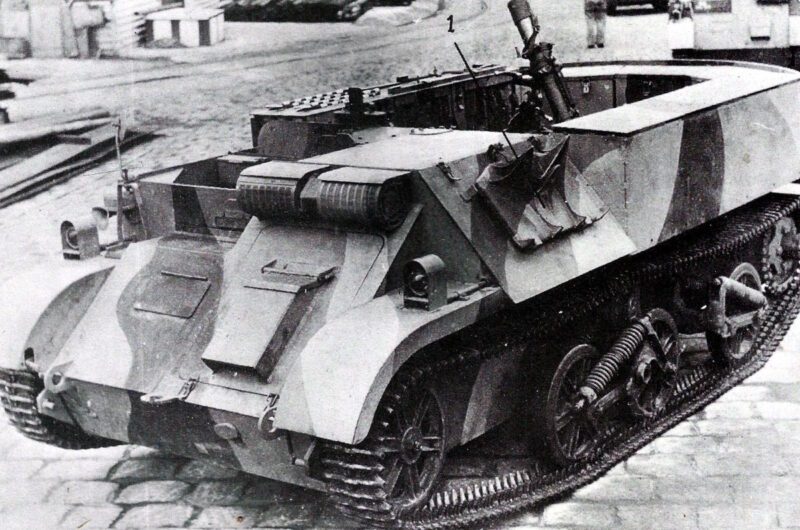
Production:
Universal Carrier |
Figures |
|---|---|
Built |
1939-1945 |
Price per unit |
? |
Quantities |
35,000 in UK; 5,600 in Australia; 520 in New Zealand; 29,000 in Cananda, 14,000 in U.S.A (as T16) |
Operational History and Usage
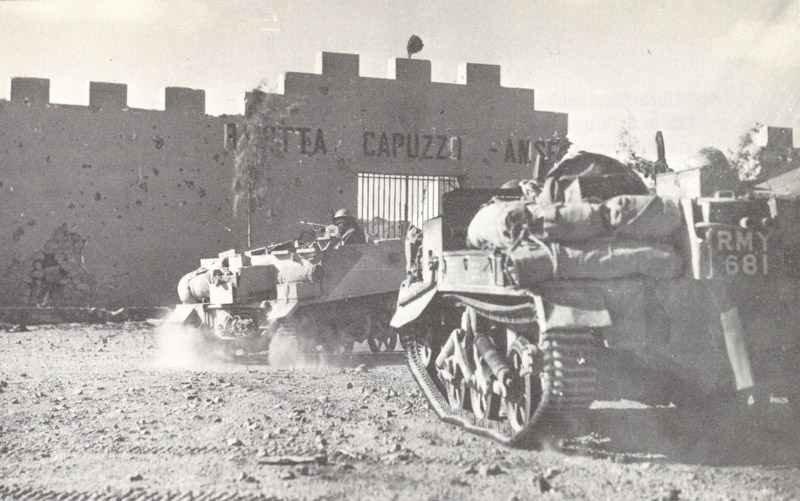
The Universal Carrier, often referred to as the Bren Gun Carrier, played a pivotal role in the operational landscape of World War II. Its design facilitated a diverse array of uses, making it a versatile asset across various theaters of war, including North Africa and Europe. Initially deployed by British forces, the Universal Carrier quickly became an essential component of military strategy due to its capability to transport troops, supplies, and equipment efficiently across challenging terrains.
In North Africa, the harsh desert conditions called for vehicles that could maneuver swiftly and reliably. The Universal Carrier excelled in this environment, providing infantry units with vital mobility and protection. Its lightweight frame made it ideal for traversing loose sand, allowing British forces to execute rapid maneuvers against Axis powers. Additionally, the Bren gun mounted on the carrier offered sustained fire support, enhancing the effectiveness of infantry attacks.
As the European theater of war unfolded, the Universal Carrier’s operational versatility continued to shine. Deployed by various military units, including infantry and artillery divisions, it served multiple functions beyond troop transport. Units utilized the Bren Gun Carrier for reconnaissance missions, logistics support, and even as a platform for anti-tank weapons. Its adaptability allowed commanders to adjust their tactics fluidly, responding to the ever-changing dynamics on the battlefield.
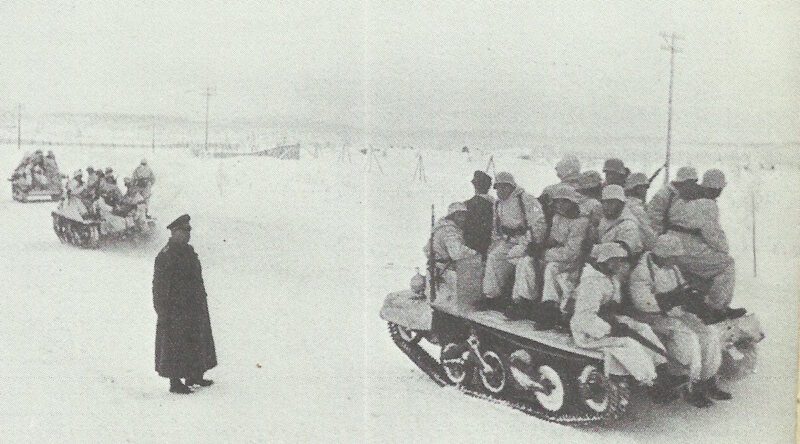
Throughout the war, the Universal Carrier was lauded for its reliability and ease of maintenance, proving to be a much-needed workhorse in multiple combat scenarios. With over 113,000 units produced, the vehicle’s extensive use mirrored the strategic emphasis placed on mobility and flexibility in modern warfare. Capturing the spirit of innovation during that era, the Bren Gun Carrier and its variants left a lasting legacy in military history, shaping the operational tactics of future conflicts.
Variants and Modifications
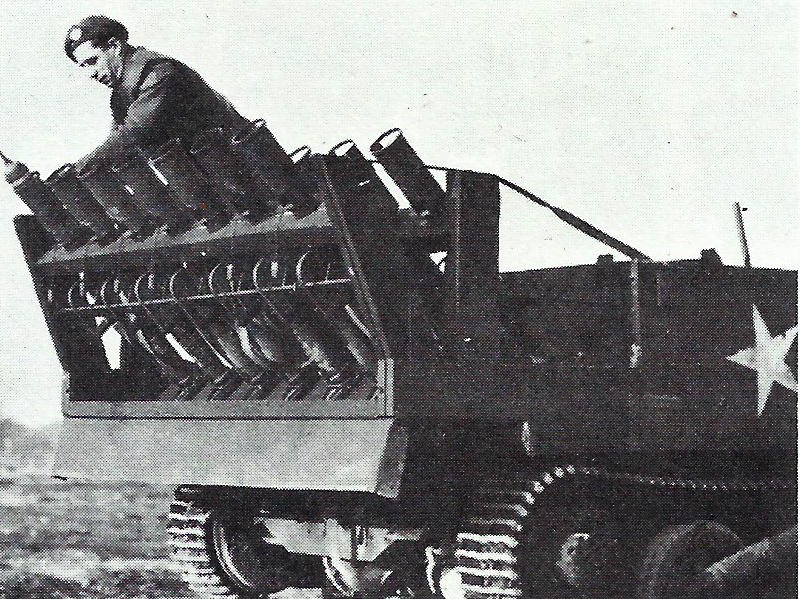
The British universal carrier, commonly known as the Bren gun carrier, underwent several variants and modifications during its operational use in World War II. Initially designed for transporting troops and equipment, the adaptability of the universal carrier allowed for numerous specialized iterations to meet the diverse needs of the battlefield.
One of the main variants was the command vehicle model, which was equipped with additional communication equipment to facilitate coordination between troop units. This variant was crucial for ensuring that commanders had the necessary tools to effectively direct operations, illustrating the importance of mobility and communication in military efforts. Furthermore, the command variant maintained the original design’s light armor, ensuring it remained a versatile asset on the frontline.
In addition to command roles, modifications for medical purposes were developed. The medical carrier variant featured an open design that allowed for easy access to casualties, with space allocated for stretchers and medical supplies. This adaptation demonstrated the importance of rapid evacuation and medical response during combat situations, thereby enhancing the overall effectiveness of military operations.
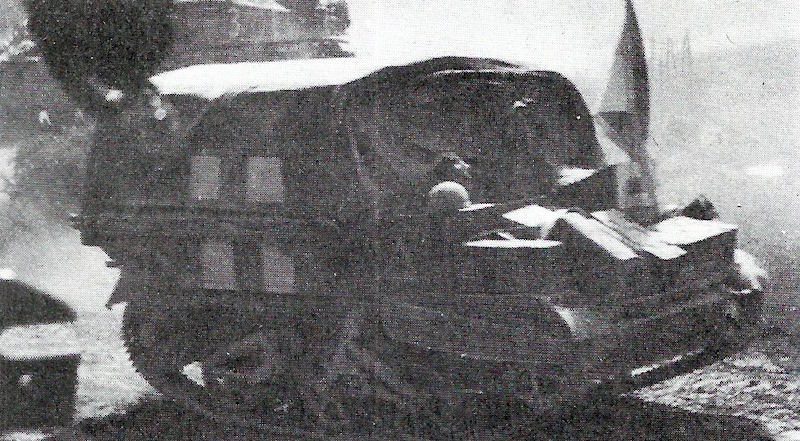
Another notable modification was the armored personnel carrier version, which provided enhanced protection for soldiers during deployment. By featuring reinforced plating, this variant of the universal carrier offered a safer means of transport, particularly in hostile environments. The robust versatility of the Bren gun carrier enabled it to function efficiently in various capacities, from troop transport to direct engagement in combat, further emphasizing its role as a multi-functional asset in the British Army’s operations.
The various adaptations of the universal carrier highlight its design’s resilience and the British military’s innovative approach to addressing the evolving challenges faced throughout the war. This adaptability not only contributed to its effectiveness in different engagements but also solidified its place in military history as a reliable vehicle for various operational requirements.
Impact on Modern Military Vehicles
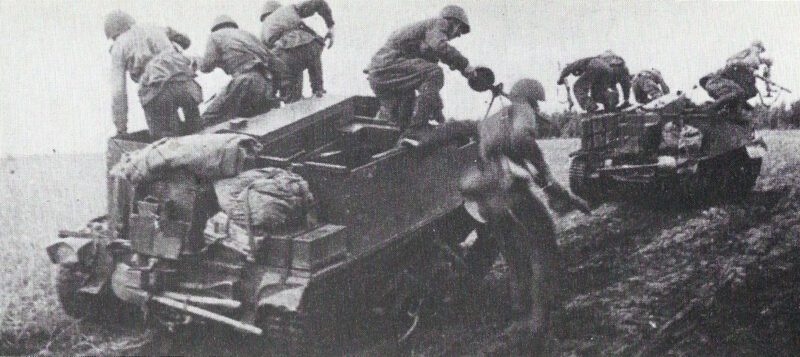
The British Universal Carrier, often referred to as the Bren gun carrier, played a pivotal role in shaping modern military vehicle design and function. Developed during World War II, the Universal Carrier exemplified versatility and mobility, features that have become cornerstones in contemporary military vehicles. Its design allowed for rapid troop transport, a capability that is still essential in modern warfare. The emphasis on light armor and adaptability showcased in the Universal Carrier has influenced the development of various light armored vehicles currently in use.
One critical aspect of the Universal Carrier’s legacy is its modularity. This aspect allowed for a range of adaptations, from troop transport to serving as a platform for weapon systems. Such flexibility has informed the design of today’s military vehicles, which often incorporate modular components to enhance operational effectiveness across various combat scenarios. Vehicles like the MRAP (Mine-Resistant Ambush Protected) and other modern light armored vehicles draw on the principles demonstrated by the Bren gun carrier, prioritizing crew safety while maintaining agility on the battlefield.
The operational doctrines established during the World War II era, with the Universal Carrier at the forefront, laid the groundwork for contemporary military strategies. Today’s armed forces implement light armored vehicles for rapid deployment, reconnaissance missions, and combat support roles, reflecting the enduring influence of the Universal Carrier’s design philosophy. Furthermore, the collaboration of different military branches, as demonstrated by the Universal Carrier’s multi-role flexibility, continues to define joint operational tactics globally.
Ultimately, the legacy of the British Universal Carrier and its innovative approach to military vehicle design has left an indelible mark on the evolution of modern armed forces. As military needs continue to evolve, the principles it established will likely serve as a foundation for future advancements in military vehicle technology.
Cultural Significance and Legacy
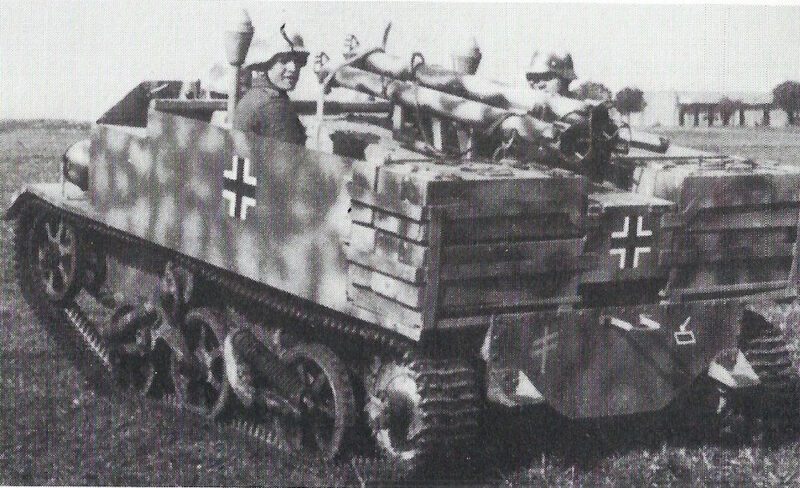
The British Universal Carrier, commonly known as the Bren Gun Carrier, transcended its primary role as an armored vehicle during World War II, evolving into a significant cultural symbol. Its impact is evident not only within military discussions but also in various artistic forms, including films, literature, and historical narratives. The design and operational versatility of the universal carrier made it a notable component of the British Army’s warfare strategies, securing its representation in military history.
In the realm of cinema, the Bren Gun Carrier has made numerous appearances in war films, often serving as a visual representation of the British military’s adaptability and innovation. These portrayals contribute to the cinematic lexicon of warfare, showcasing how the universal carrier was instrumental in various military campaigns. By embedding this vehicle into the storytelling of World War II, filmmakers ensure that audiences recognize its significance as more than just machinery; it becomes part of the broader human experience of conflict.
Literature surrounding World War II also frequently references the universal carrier, often highlighting its role in significant battles and campaigns. This literary discourse reinforces the carrier’s status as a symbol of resilience and engineering prowess. Novels and historical accounts provide indirect narratives, depicting soldiers’ experiences and strategies that involved the Bren Gun Carrier, portraying it as an essential element of military success.
Moreover, the universal carrier’s legacy extends to military history studies, where it is analyzed for its impact on mechanized warfare. Academics often discuss its design evolution and operational capabilities, contributing to the understanding of how such vehicles shaped modern military doctrines. In conclusion, the cultural significance of the British Universal Carrier, particularly its role as the Bren Gun Carrier, ceaselessly reflects its enduring legacy in shaping narratives of World War II and continues to inspire discussions about military technology and human resilience.
Preservation and Museum Displays
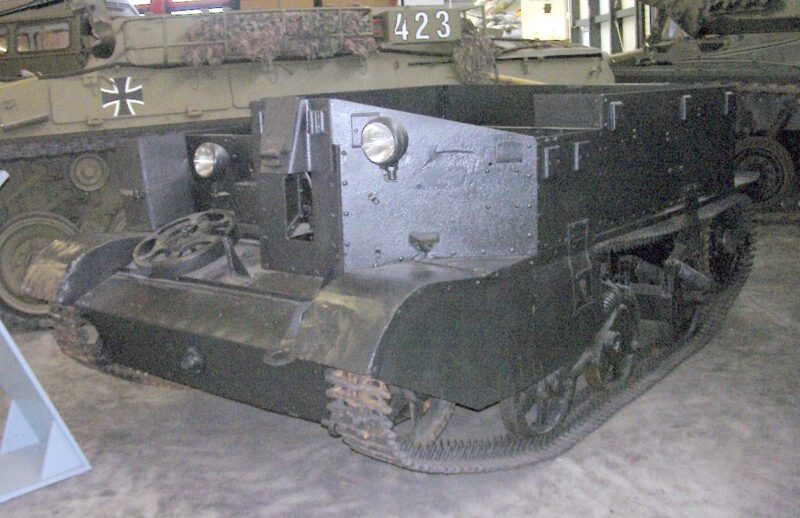
The British Universal Carrier, commonly recognized as the Bren Gun Carrier, stands as an iconic symbol of military ingenuity during World War II. As time passes, the necessity for preserving these historical vehicles becomes increasingly vital. Various military museums and private collectors have undertaken the responsibility of maintaining and showcasing the Universal Carrier, ensuring that future generations can appreciate its significance in military history.
Preservation efforts focus on several key aspects, including restoration, conservation, and education. Restoration involves repairing and refurbishing existing Bren Gun Carrier models, often utilizing original components to maintain authenticity. Various organizations have been dedicated to locating surviving vehicles, assessing their condition, and documenting their historical relevance. This meticulous attention to detail not only preserves the vehicle’s physical integrity but also retains its historical narrative.
Conservation goes beyond mere physical restoration, encompassing the environmental and storage conditions necessary to protect these military assets from degradation. Museums housing Universal Carriers implement climate control and other preservation strategies to safeguard these vehicles against moisture, pests, and other damaging factors. Furthermore, proper documentation and cataloging ensure that all relevant information about the Bren Gun Carrier is readily available for scholars and enthusiasts alike.
Additionally, public interest in historic military vehicles drives exhibition initiatives. Many museums conduct educational programs and guided tours, allowing visitors to engage directly with these artifacts. Interactive displays, reenactments, and lectures on the history and impact of the Universal Carrier serve to enhance public understanding and appreciation of the vehicle’s role in wartime logistics and combat. Ultimately, preserving the Universal Carrier not only honors those who served but also enriches our collective knowledge of military history.
Conclusion: The Bren Gun Carrier’s Enduring Legacy
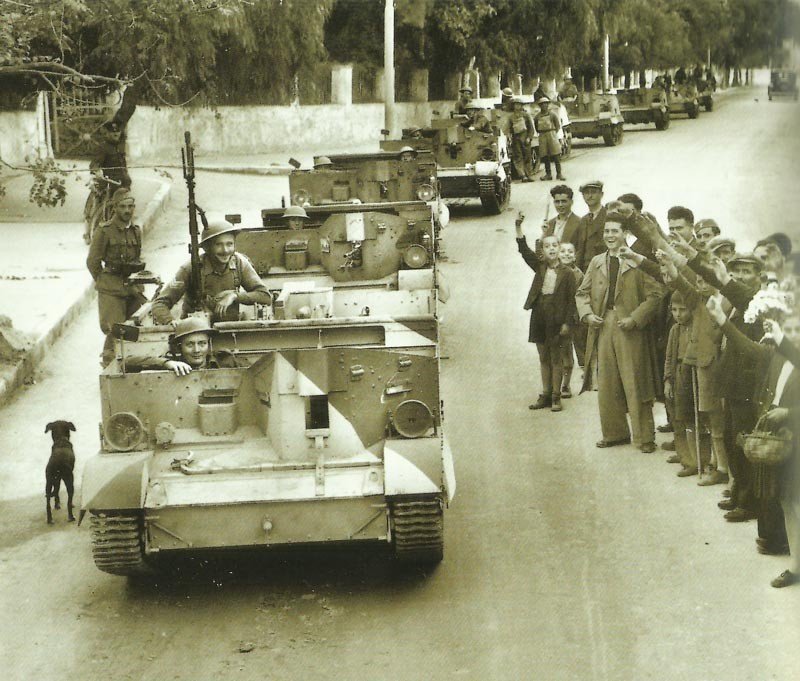
The British Universal Carrier, commonly known for its role as the Bren Gun Carrier, represents a pivotal advancement in military vehicle technology during World War II. Introduced in the 1930s, this versatile carrier played a significant role in transporting troops and equipment across various terrains and under challenging conditions. Its design allowed for adaptability, ensuring that it could be used for multiple purposes, which contributed immensely to the strategy and effectiveness of British forces during the conflict.
One of the key aspects of the Bren Gun Carrier was its ability to support infantry operations by providing mobile firepower and transport capabilities. With its compact size and maneuverability, the universal carrier overcame many of the limitations faced by larger armored vehicles. This enabled commanders to deploy fire support, reconnaissance units, and medical evacuation teams more efficiently, significantly influencing battlefield tactics. The Bren Gun Carrier became a symbol of agility and functionality, setting a precedent for future military vehicle designs.
The legacy of the British Universal Carrier extends beyond its operational success in World War II. It laid the groundwork for the development of more advanced armored vehicles in subsequent decades, leading to innovations in design and functionality that are still evident in modern military transport solutions. The principles of versatility and adaptability embodied in the Bren Gun Carrier continue to inform the creation of contemporary military vehicles, reflecting its lasting impact on military logistics and strategy.
As we reflect on the technological advancements of military history, it is vital to remember the contributions of the Bren Gun Carrier. Its role during World War II not only facilitated tactical maneuvers but also influenced the evolution of armored warfare. Recognizing such achievements ensures that the legacy of the British Universal Carrier remains a cornerstone in our understanding of military engineering and operational effectiveness.
References and literature
British and American Tanks of World War II (Peter Chamberlain, Chris Ellis)
Encyclopedia of German Tanks of World War Two (P.Chamberlain, H.L.Doyle)
Panzer und andere Kampffahrzeuge von 1916 bis heute (Christopher F. Foss, John F. Milsom, Colonel John Stafford Weeks, Captain Georffrey Tillotson, Richard M. Ogorkiewicz)
Krieg der Panzer (Piekalkiewicz)


